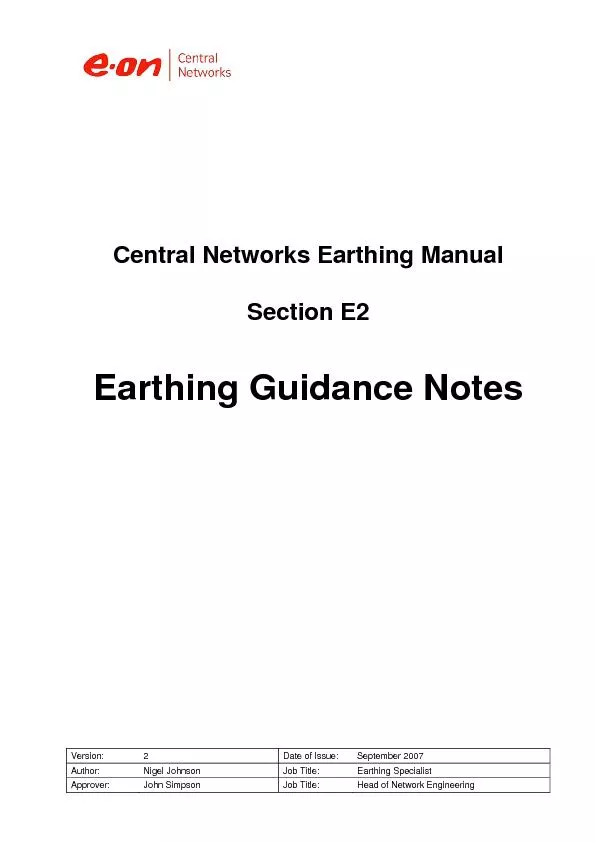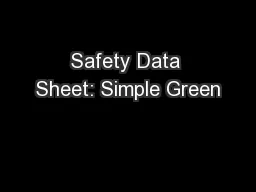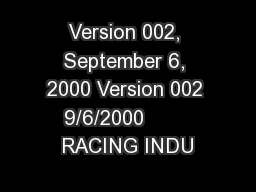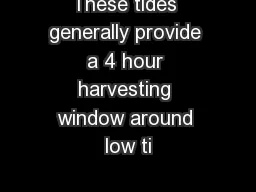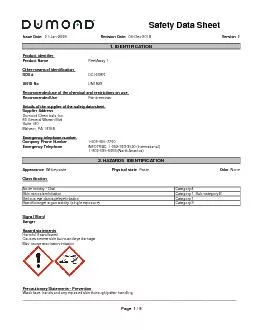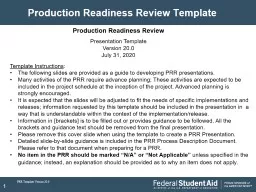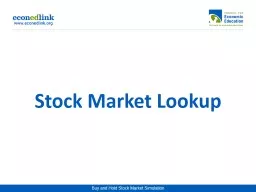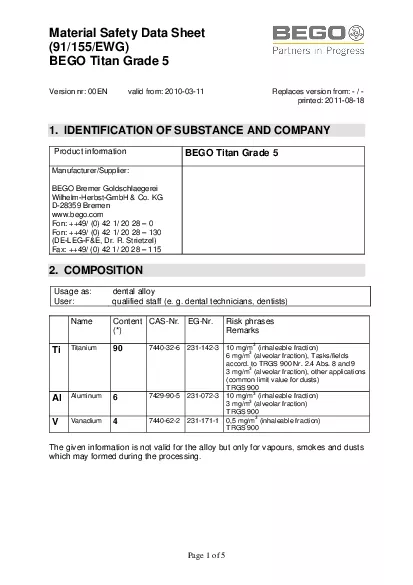PDF-Version: 2 Date of Issue: September 2007
Author : giovanna-bartolotta | Published Date : 2016-03-19
Author Nigel Johnson Job Title Earthing Specialist Approver John Simpson Job Title Head of Network Engineering Central Networks Earthing Manual Section E2 Earthing
Presentation Embed Code
Download Presentation
Download Presentation The PPT/PDF document "Version: 2 Date of Issue: September 2007" is the property of its rightful owner. Permission is granted to download and print the materials on this website for personal, non-commercial use only, and to display it on your personal computer provided you do not modify the materials and that you retain all copyright notices contained in the materials. By downloading content from our website, you accept the terms of this agreement.
Version: 2 Date of Issue: September 2007: Transcript
Download Rules Of Document
"Version: 2 Date of Issue: September 2007"The content belongs to its owner. You may download and print it for personal use, without modification, and keep all copyright notices. By downloading, you agree to these terms.
Related Documents

